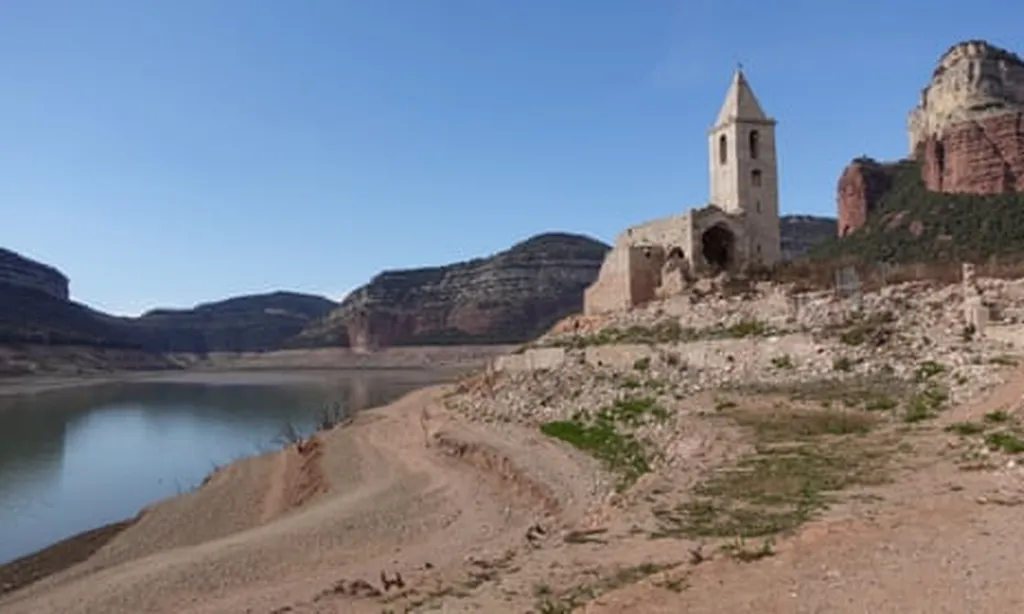In the heart of Spain, a country renowned for its sun-drenched landscapes and historic water management systems, a startling revelation has emerged from the depths of its reservoirs. A recent study published in the journal *Earth’s Future* (translated as *Future of the Earth*) has uncovered a significant, yet often overlooked, consequence of intensive water regulation and damming: the substantial loss of water through evaporation.
The research, led by J. Lorenzo-Lacruz from the Department of Human Sciences at the University of La Rioja, has analyzed the historical trends and future projections of evaporative losses across 362 Spanish reservoirs, representing a staggering 94% of the nation’s storage capacity. The findings are both alarming and thought-provoking, with a consistent annual increase in evaporation of 27.7 cubic hectometers per year from 1961 to 2018. This trend has resulted in an accumulated evaporative loss of 114,000 cubic hectometers, averaging 2,000 cubic hectometers per year.
“While climate dynamics and warming have played a role in this trend, our research demonstrates that the impact of new reservoir construction and fluctuations in available water surface area have been much more influential,” explained Lorenzo-Lacruz. Indeed, the study found that these factors were 22 and 7 times greater, respectively, in their influence on evaporative losses.
The implications of this research are far-reaching, particularly for the energy sector. Reservoirs are not only crucial for water management but also play a significant role in hydroelectric power generation. The substantial losses of water through evaporation could potentially impact the energy sector’s bottom line, as well as the overall efficiency and reliability of hydroelectric power plants.
Looking ahead, the study’s projections suggest that evaporative losses by the end of the 21st century under a high greenhouse gas emissions scenario could be 35% higher than those registered during the observational period. While warming will increasingly drive evaporation, the available water surface will remain a critical determinant.
This research serves as a stark reminder of the complex interplay between water management, climate change, and energy production. As Lorenzo-Lacruz noted, “Our projections suggest that warming will increasingly drive evaporation, yet the available water surface will remain a critical determinant.” This underscores the need for a more holistic and integrated approach to water management, one that takes into account not only the immediate benefits of damming and reservoir construction but also the long-term consequences, including evaporative losses.
As the world grapples with the challenges of climate change and the increasing demand for water and energy, this study offers a timely and crucial insight into the often-overlooked side of intensive water regulation and damming. It is a call to action for policymakers, water managers, and energy sector professionals to reconsider and rethink our approach to water management, ensuring a more sustainable and resilient future for all.

